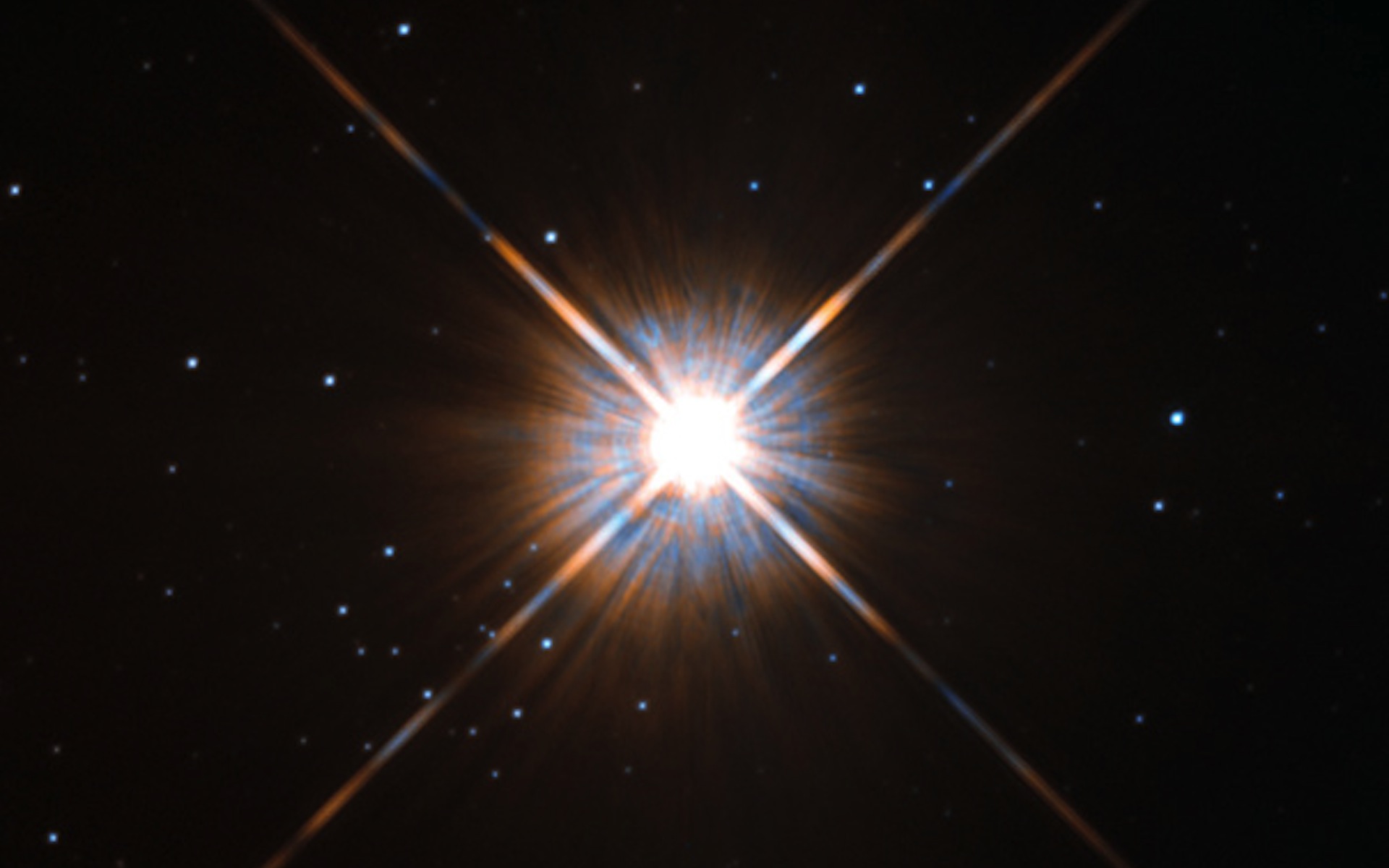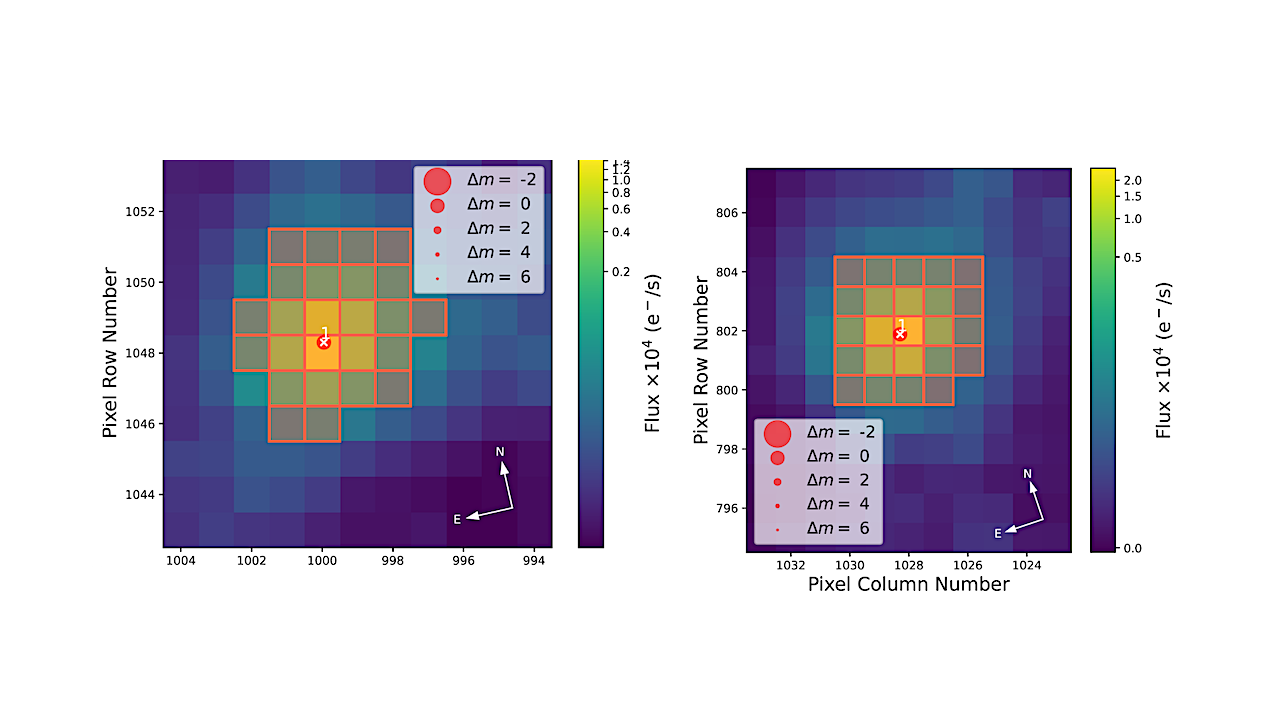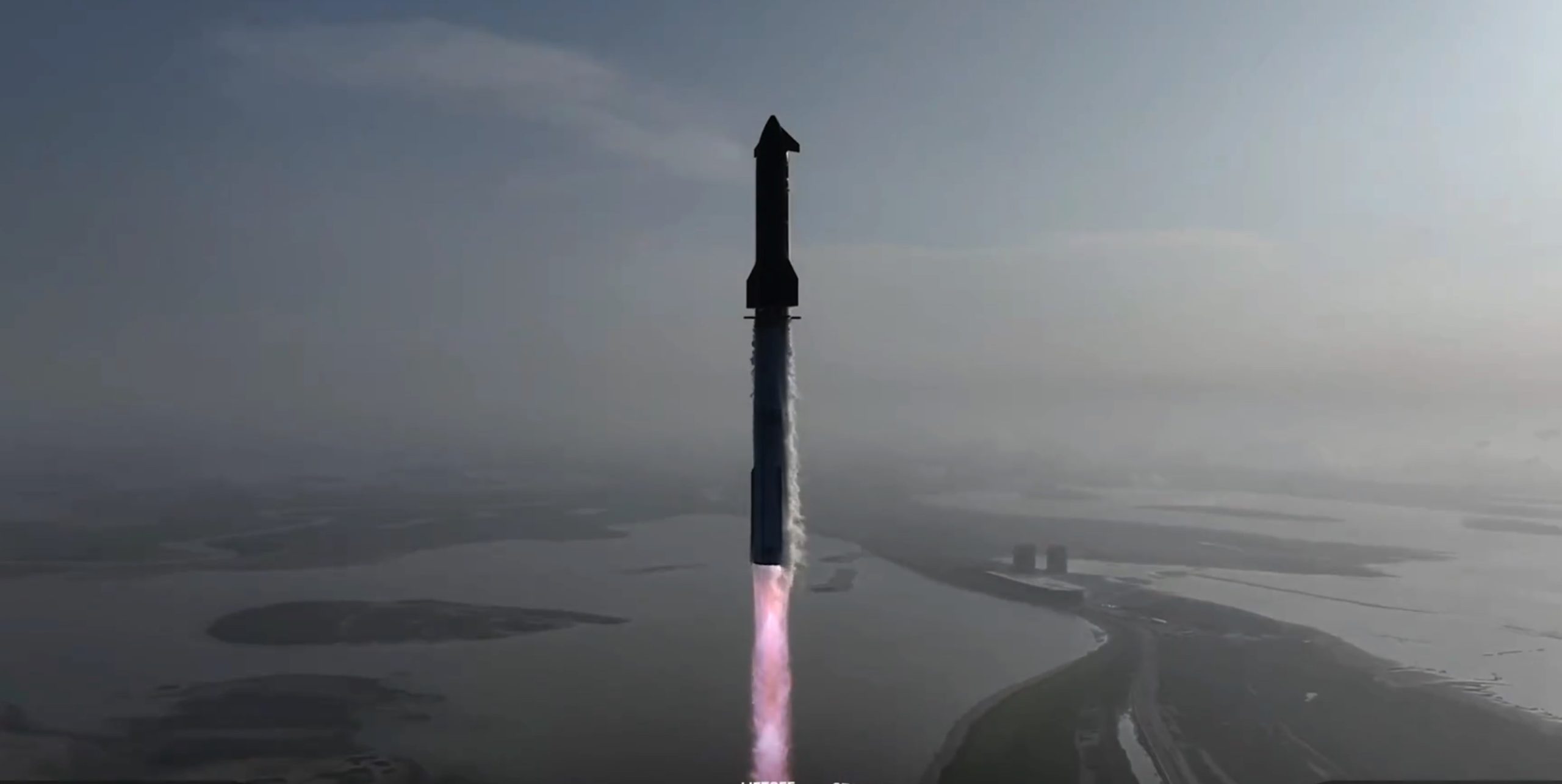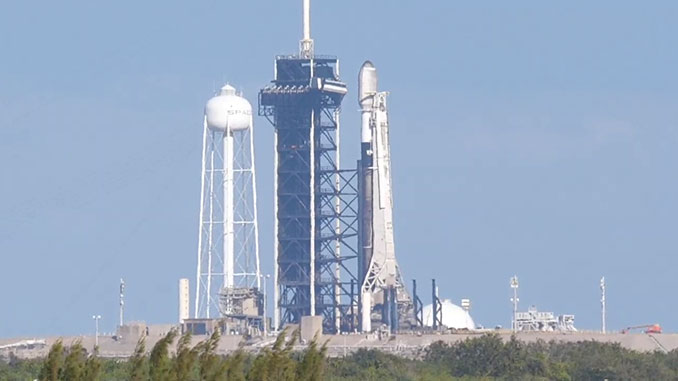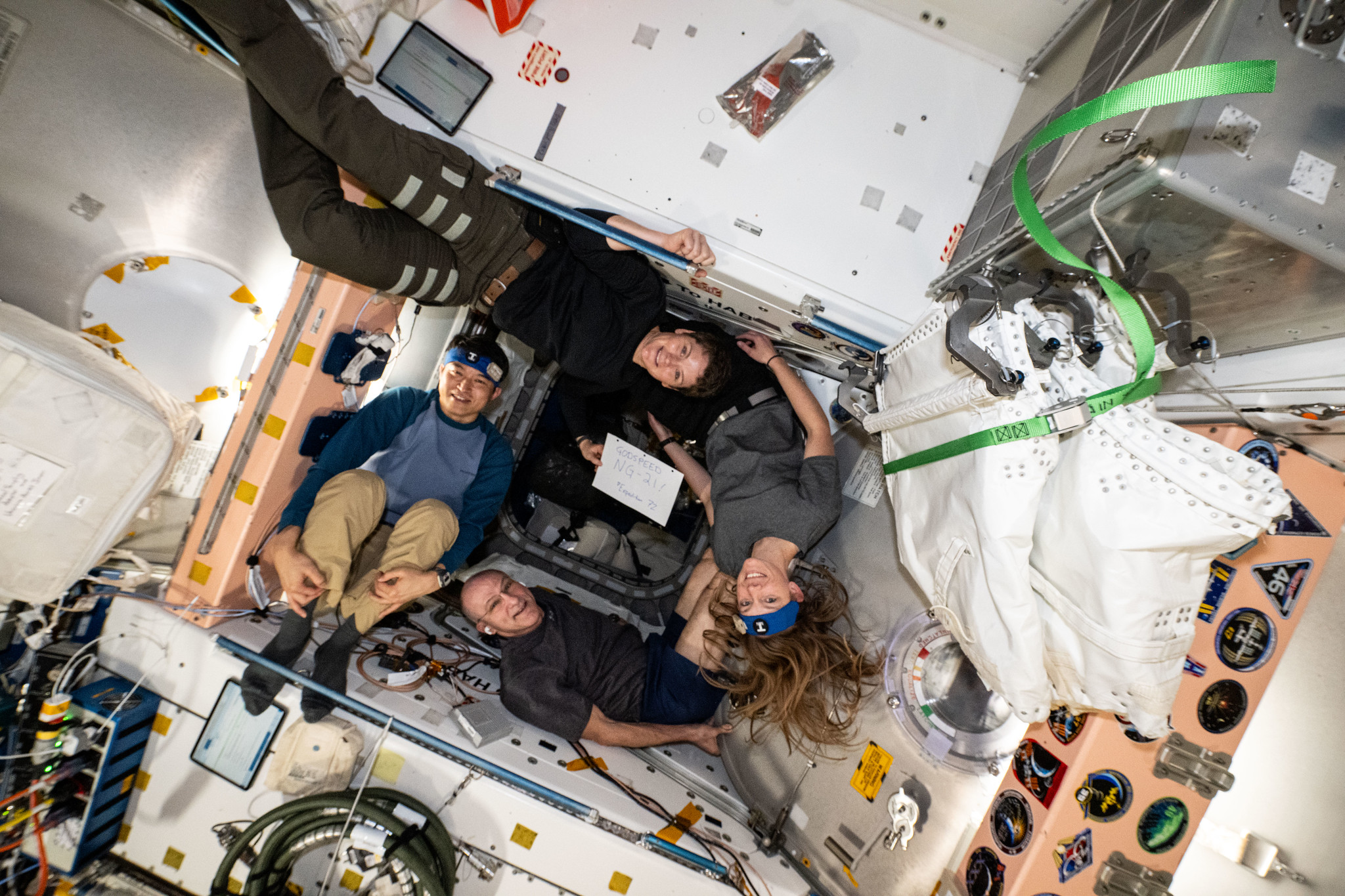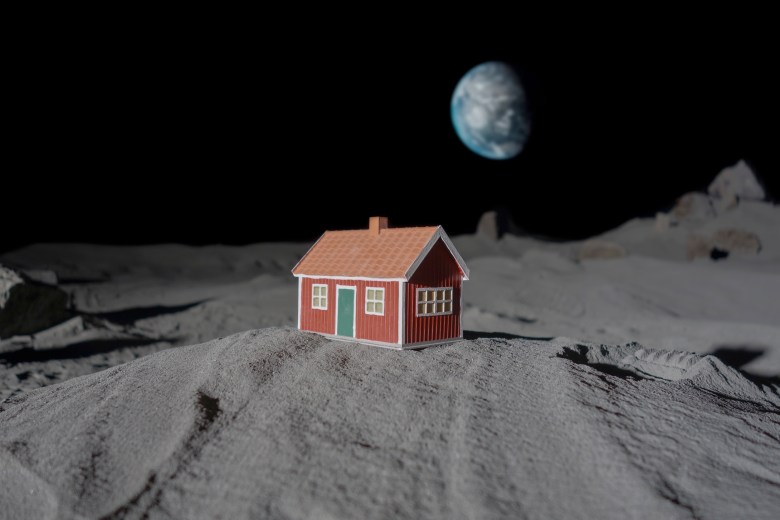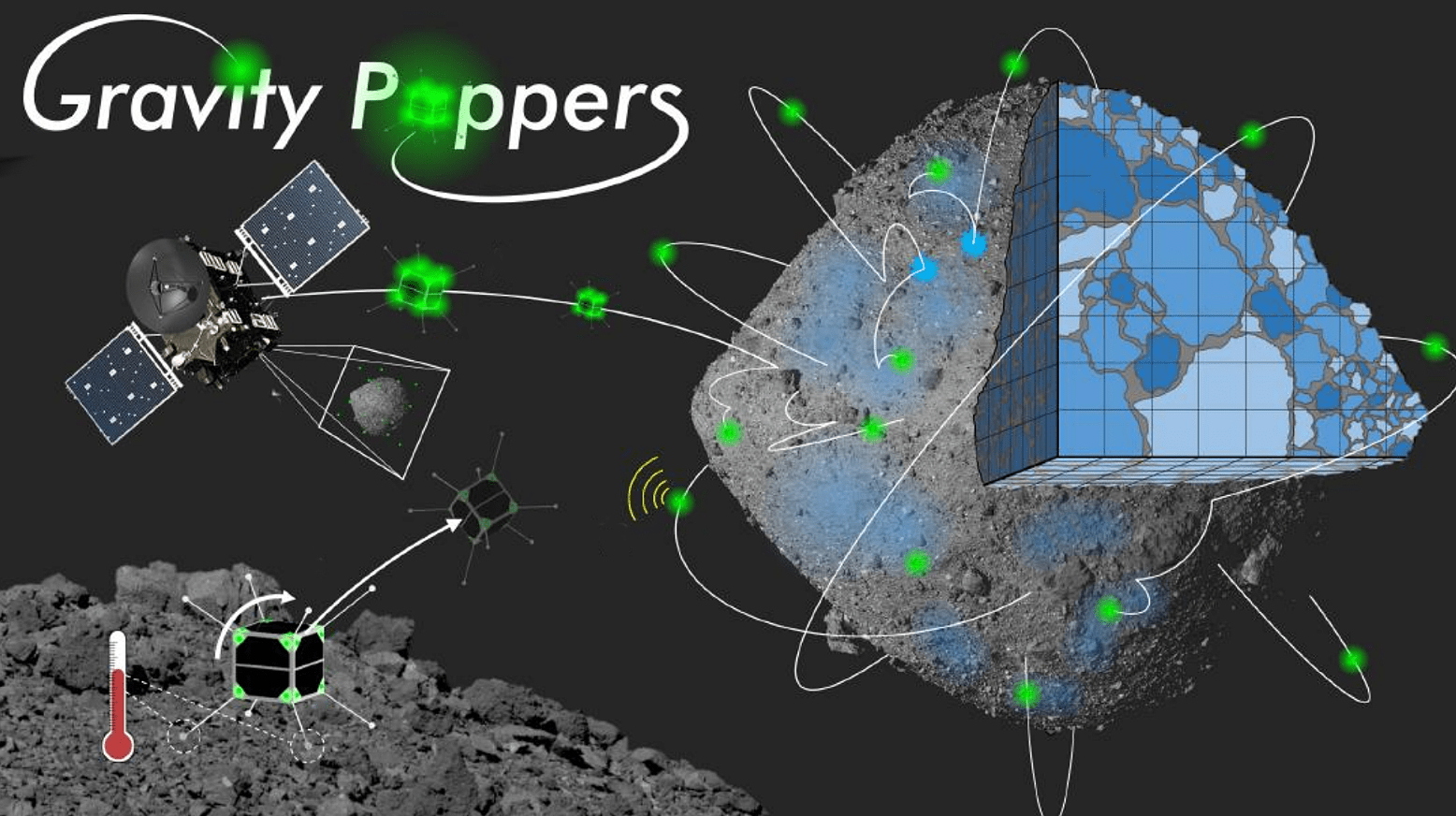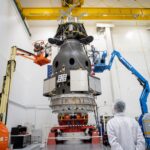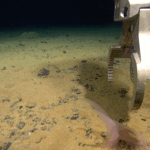Life as we know it may require lightning, as it’s one of the few energy sources a planet has available to create complex chemical compounds. Now, new research has found
Hot Posts70- Page
Target pixel file from the TESS observation of Sector 54 and Sector 55, centered respectively on TOI-5800 (top panel) and TOI-5817 (bottom panel). The SPOC pipeline aperture is shown by
Japan is putting its Martian Moons eXploration (MMX) spacecraft through a series of tests ahead of its launch to Mars next year. MMX is a complex mission to collect samples
Agency 27/05/2025 104 views 2 likes The European Space Agency (ESA) has inaugurated the European Space Deep-Tech Innovation Centre (ESDI), the first ESA presence in Switzerland, created in close collaboration
AMSTERDAM — SpaceX’s Starship suffered a loss of attitude control after reaching space on its latest test flight May 27, leading to an uncontrolled reentry and a third consecutive failure.
“Strange New World” – Star Trek Enterprise episode 104 – Enterprise passes a previously unknown Minshara-class (M-class) planet with an Earth-like atmosphere and surface. – Paramount/CBS Our paper fills this
File: A Falcon 9 booster stands ready for the Starlink 12-2 mission at launch complex 39A. Image: Spaceflight Now. SpaceX is preparing to launch another batch of Starlink V2 Mini
Expedition 72 Flight Engineers Takuya Onishi from JAXA (Japan Aerospace Exploration Agency) and NASA astronauts Anne McClain, Nichole Ayers, and Don Pettit pose while inside the vestibule between the International
WASHINGTON — Japanese company ispace is set to make its second attempt to land on the moon this week as the company looks ahead to larger, more ambitious lunar landers.
2 min read Preparations for Next Moonwalk Simulations Underway (and Underwater) Artist concept highlighting the novel approach proposed by the 2025 NIAC awarded selection of Gravity Poppers: Hopping Probes for
-
 012024 in Review: Highlights from NASA in Silicon Valley
012024 in Review: Highlights from NASA in Silicon Valley -
 02Panasonic Leica Summilux DG 15mm f/1.7 ASPH review
02Panasonic Leica Summilux DG 15mm f/1.7 ASPH review -
 03From Polymerization-Enabled Folding and Assembly to Chemical Evolution: Key Processes for Emergence of Functional Polymers in the Origin of Life
03From Polymerization-Enabled Folding and Assembly to Chemical Evolution: Key Processes for Emergence of Functional Polymers in the Origin of Life -
 04How New NASA, India Earth Satellite NISAR Will See Earth
04How New NASA, India Earth Satellite NISAR Will See Earth -
 05And Thus Begins A New Year For Life On Earth
05And Thus Begins A New Year For Life On Earth -
 06Astronomy Activation Ambassadors: A New Era
06Astronomy Activation Ambassadors: A New Era -
07SpaceX launch surge helps set new global launch record in 2024


